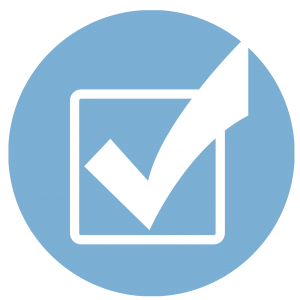Implicit Bias
Implicit Bias
McCombs School of Business, University of Texas at Austin
Test yourself for bias
- Complete at least one implicit associations test at the Project Implicit website
- Implicit Association Test – Social Psychology Network
Read
- Kirwan Institute’s Implicit Bias Review –This site includes the institute’s annual implicit bias reviews from 2013-2017
- How the Best Bosses Interrupt Bias on Their Teams
- Implicit Bias: General Resources (UNC Health Science Library)
Watch
- A Tale of O: On Being Different – highlights the “cost” of being different in any situation
- Doctors’ Unconscious Bias Affects Quality Of Health Care Services, Research Shows (NPR)
- Verna Meyers’ Ted Talk on How to overcome our biases
- The Invisible Gorilla video – a quick and simple demonstration of selective attention and how we can miss a great deal even when attempting to pay close attention
Tips to talk about bias
- Set ground rules for safe place and assumed intentions ‘Brave, Safe Space’

- Be respectful
- Allow constructive friction (builds understanding)
- Assume the best intention/come from love
- Expect and accept no closure
- Guide to receptive listening
- Speak your truth (no one else’s)
- Be present and engage
- Be curious — not defensive or convincing
- Take your notes
- Varied avenues for input (discussion, chat box, jam board, submitted scenarios)
- Ask questions
- Practice empathy
- Echo/restate
Tips to respond to bias:
- Take appropriate action. Be brave
- Interrupt (prevent hurt/damage)
- Ask questions (Don’t lecture or make statements)
- Seek understanding, clarity
- Don’t correct
- Echo what you heard
- Make clear “that” is absolutely unacceptable
- Provide resources (teaching tolerance), educate
- Support anyone who is advocating, give no outlet/connection for bias, build culture of inclusion
- Build camaraderie around inclusion
- Leverage strategic plans, policies and established procedures for equity for all students
- What do you say to “That’s so gay” and other anti-lgbtq comments?
- Why Pronouns Matter
Self-talk: Set or reset yourself
- I can be uncomfortable to make all students comfortable.
- I want to be inclusive and have much to learn.
- Correction and error will help me get to my goal of inclusivity.
- This is not about me and my intent.
- Am I in a learning posture? Or defending something (what?)?
The JEDI Toolkit is a resource created by faculty members in the Health Sciences Department to provide guidance and recommendations to health care providers and educators who would like to learn more about equity and inclusion.
